Shademaster Honeylocust Tree
Description
About the Shademaster Honeylocust Tree
Our Go-To for Balanced Shade!
Like the name implies, Shademaster Honeylocust is a master of shade not too dense that your lawn thins from lack of light, but thick enough to cool the sun’s rays. Its dark, rich green foliage is striking as it emerges in the spring to form a rounded canopy ideal for average-sized yards. In some seasons, you can smell a soft fragrance from the tree’s not-so-showy flowers. In the fall the small, fern-like leaves turn golden yellow and are not an inconvenience as some other large-leafed trees can be.
Extra bonus with the Shademaster variety: it is pest and disease resistant as well as thornless—which is rare within the Honeylocust family.
Growing a Great Honeylocust
Honeylocusts are native to North America, making them a great tree for most regions. Specifically, the variety Shademaster was bred to be even more tolerant of challenging environments such as urban settings, pollution, and proximity to roads and sidewalks, as well as tolerating dense or tough soils.
They thrive and grow relatively fast in full sun to partial shade. To shape and maintain a strong canopy as the Honeylocust grows, strategically trim lower branches (no more than 25% at a time) in late winter.
Characteristics
| Hardiness Zone Range | 6 - 9 |
| Shade/Sun | Partial Shade - Full Sun |
| Soil Composition | Loamy |
| Soil Moisture | Well Drained |
Zone Compatibility
Tools & Supplies
Planting & Care
Learn all about how to grow flowering trees in The Growing Guide. An entire section of our website dedicated to your growing success.
Questions & Answers
We purchased the locust last year and this year it continues to look very healthy. It has easily doubled in size since we planted it. It has lots of foliage and is doing very well in our high desert area.
Mine is planted in a pasture in black gumbo soil with some clay mix. We had drought last year in the spring and the tree survived with minimal watering. Very hardy plant. It is doing well this spring with some 21-0-0 fertilizer.
Our website has a special feature that will help you find the best plants for you to grow in your area. Simply enter your zip code in our Hardiness Zone Finder and as you browse our page, you’ll see a small check mark next to products that are hardy to your growing zone!
https://www.starkbros.com/zone-finder
Our 50 year old honey locust has never invaded the water or sewer lines (6 feet away), nor have the roots raised drive or walkways 8-10 feet away. In Spring, a heavenly honey smell from white blossoms.
Nope!
NO these are no grafted trees.
We appreciate you reaching out to us. We do not have a guaranteed ETA on when more will become available. We are very sorry for this inconvenience and completely understand your disappointment. Rest assured, that if you sign up for a notification, you'll be one of the first to be notified when it becomes available again.
If you have any further questions please don't hesitate to reach back out to us, remember that we're here for you. Have a great day!
Many of the leaves will blow away or decompose into mulch. Unlike other honeylocusts, this cultivar does not produce seeds or thorns. When you need a unique shade tree for your outdoor spaces, make sure to choose the Shademaster Honeylocust.
This tree typically won't produce pods. The leaves are fernlike and composed of numerous leaflets, creating light dappled shade and making fall clean-up easy.
These trees are not grafted and are transplanted from seedlings.Most trees are mostly seedless but occasionally some trees will flower and produce red/brown, 10-inch-long seed pods.

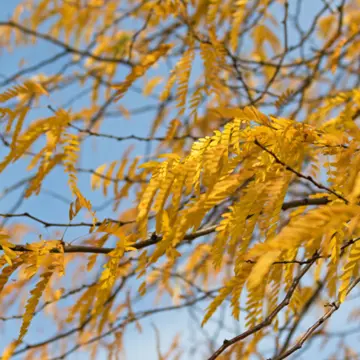
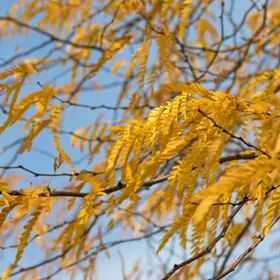
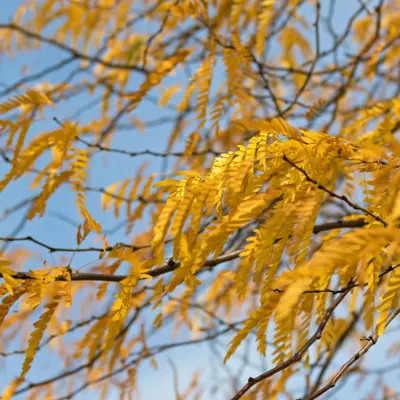
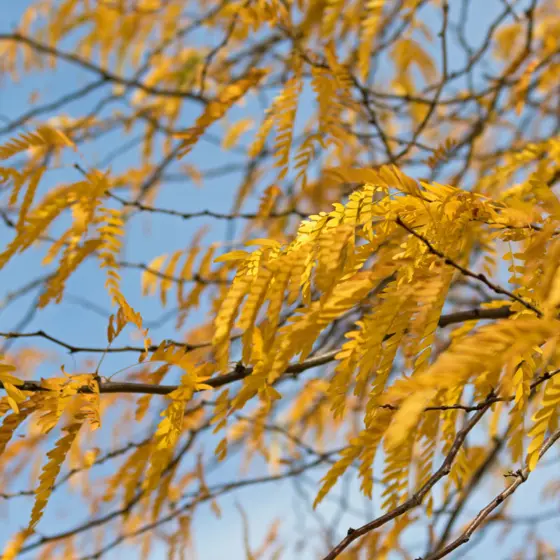

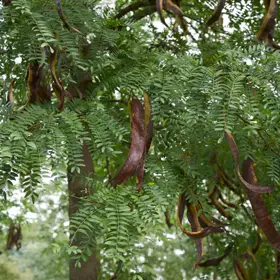
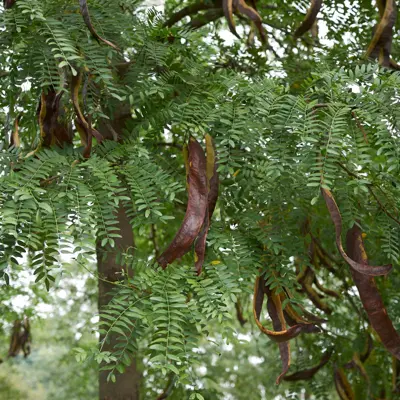
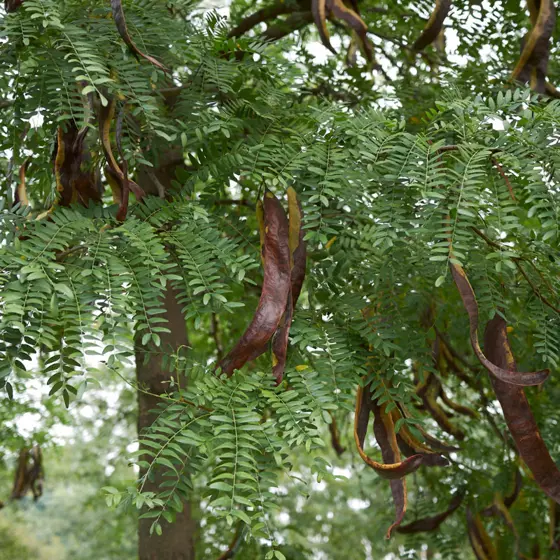
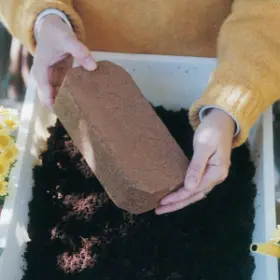

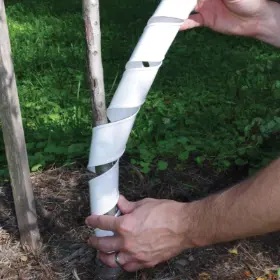
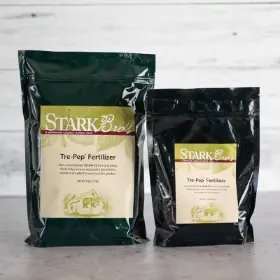
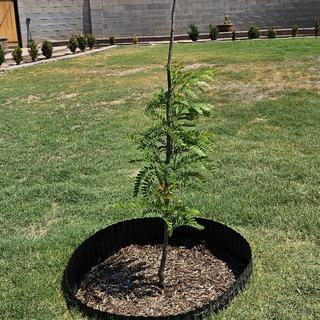
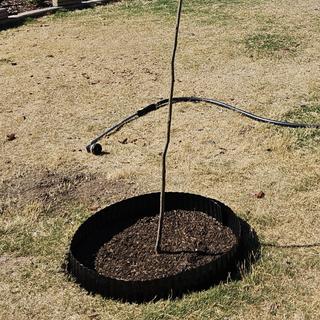
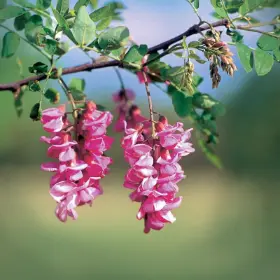
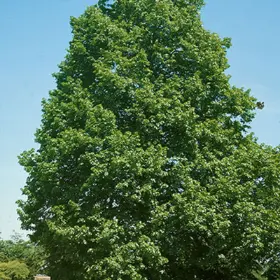
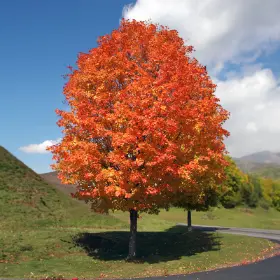
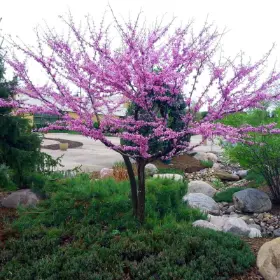
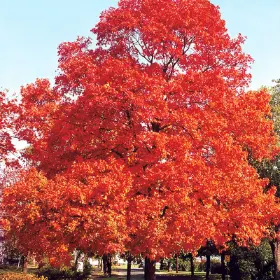
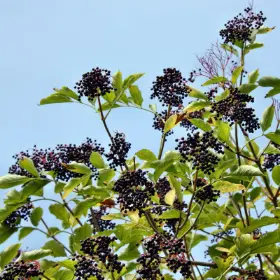
Grows well in my area, is fast growing, provides good shade and is easy to care for.
Have one and absolutely love it
Great presentation of product.
I’m tired of waiting for my local nursery trying to find one one.